1780
Transylvania Seminary, the pioneer institution of higher learning west of the Alleghenies, is established by an act of the Virginia assembly and supported by Governor Thomas Jefferson.
1785
The first classes are held near Danville, Ky., in the cabin of the first chairman of the Board of Trustees, the Reverend David Rice, founder of the first Presbyterian Church west of the Alleghenies (in Danville).
1793
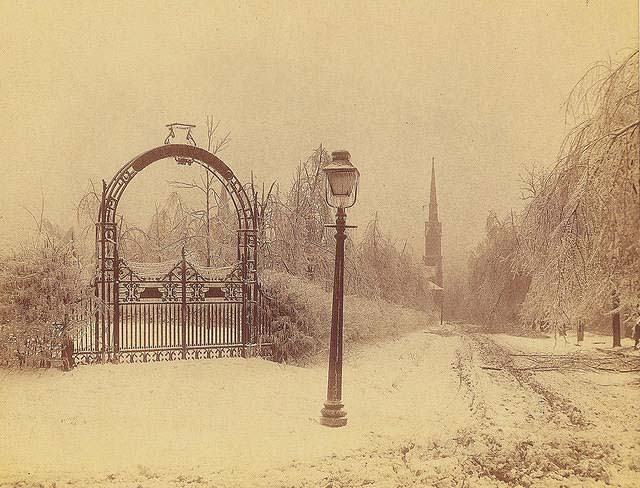
A gift of land, then called the College Lot and now known as Gratz Park, is accepted by Transylvania trustees in return for a promise to relocate and maintain the campus in Lexington.
1799
Transylvania—the university—is established, creating the first law school and medical school in the West, pursuant to Kentucky legislature’s charter amendment.
1805
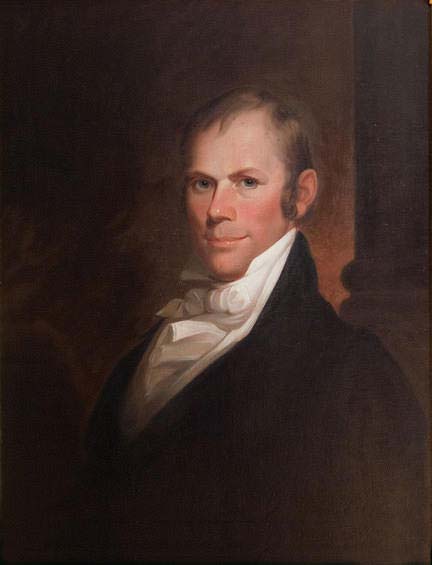
Statesman, Speaker of the House, and five-time presidential candidate Henry Clay is appointed professor of law.
1807
Henry Clay is named to the Board of Trustees, a position he retains whenever he is in Kentucky, remaining a friend of the university until his death in 1852.
1818
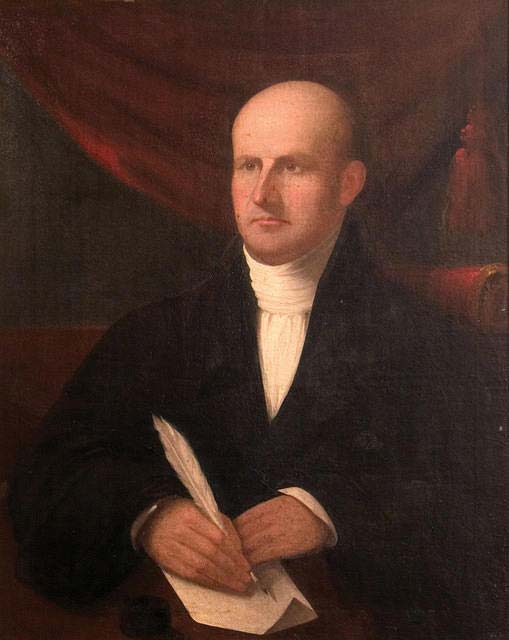
Horace Holley, a Unitarian minister from Boston, is recruited as the third president of the university. His influence and connections in the East—including several U.S. presidents and congressmen—help raise Transylvania’s national profile considerably. Enrollment increases, and professors are sent to Europe to procure texts and tools for the medical and law departments. The medical school soon rivals Harvard’s.
1820
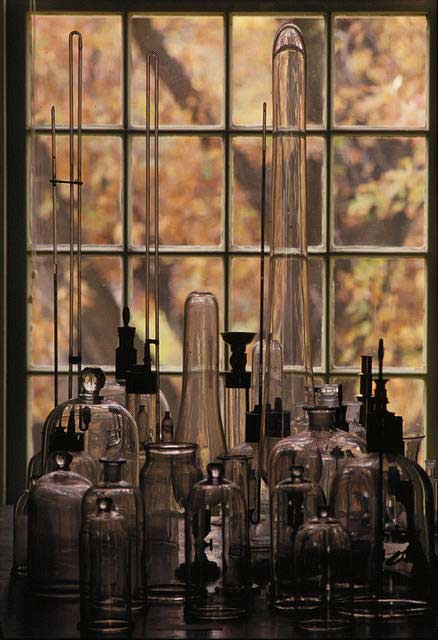
Kappa Lambda of Hippocrates, the first medical fraternity of its kind, is founded by professor Samuel Brown at Transylvania. Branches of the society ultimately lead to the founding of the American Medical Association.
1833

Old Morrison, today Transylvania’s administration building, is built to replace an earlier building on the College Lot destroyed by fire.
1834
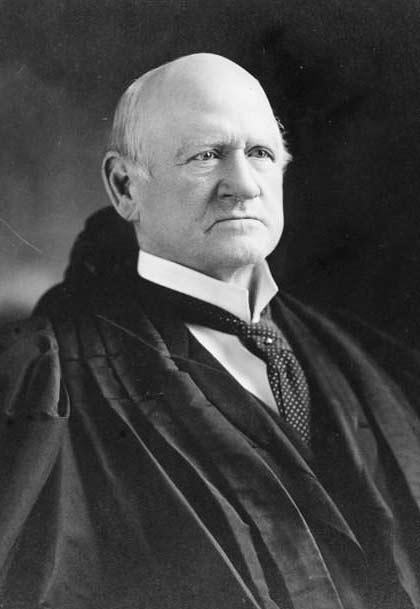
Transylvania’s Law Department becomes one of the most distinguished in the nation as a result of George Robertson, Chief Justice of the Kentucky Court of Appeals, joining the faculty. It and the Medical Department graduate a number of notable Americans in the pre-Civil War era, including future justices of the United States Supreme Court, Samuel Freeman Miller and John Marshall Harlan (pictured).
1859
After training 4,385 medical students, Transylvania’s Medical Department closes.
1861
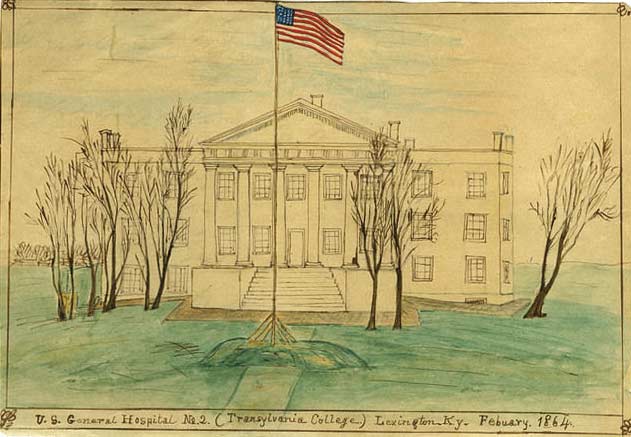
The Civil War interrupts instruction at Transylvania. Old Morrison and the medical building are turned into makeshift hospitals for Union troops.
1865
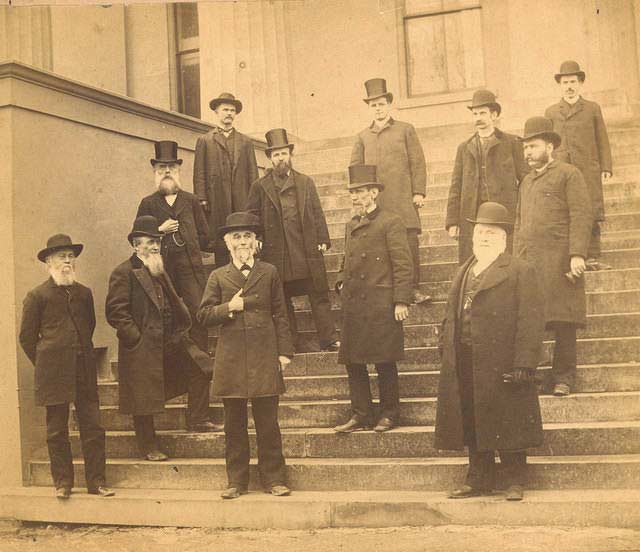
Transylvania University merges with Kentucky University in Harrodsburg, formerly called Bacon College. The name Kentucky University is used until 1908. During this time the university expands and several new departments materialize, including the College of Arts and Sciences and the Agricultural and Mechanical College.
1878
Kentucky University’s Agricultural and Mechanical College becomes the state’s land grant university, which is eventually named the University of Kentucky.
1880
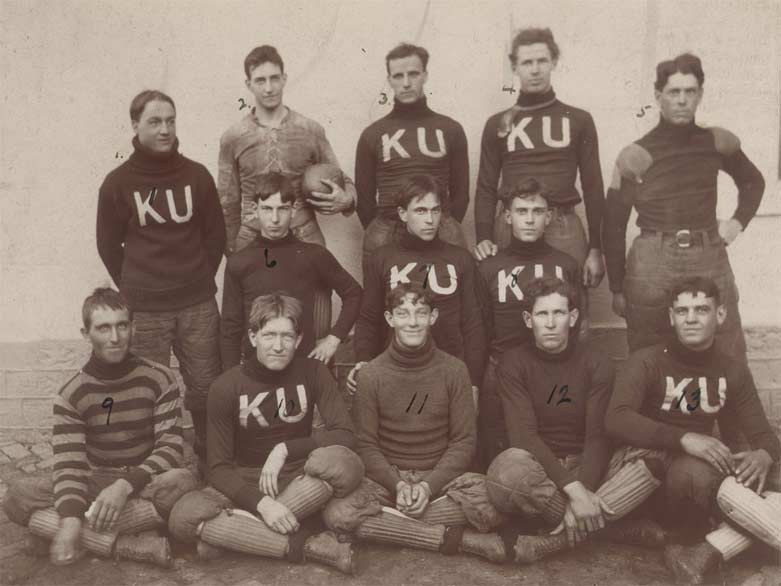
The first recorded intercollegiate football game in the South is played: Kentucky University (Transylvania) vs. Centre College, with K.U. ousting Centre 13.75 to 0.
1889
Transylvania welcomes its first 26 female students, with Kate Van Arsdall becoming the first female graduate four years later.
1895
Transylvania hires its first female faculty member.
1908
Kentucky University reclaims its historic name of Transylvania University.
1911
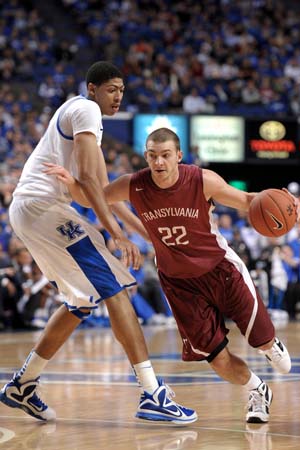
The University of Kentucky beats Transylvania 30-24 in basketball on the Wildcats’ home court, evening the all-time series at 7-7. The rivalry would be renewed 100 years later on Nov. 2, 2011, in an exhibition game at Rupp Arena in Lexington, with UK breaking the tie in a 97-53 win.
1924
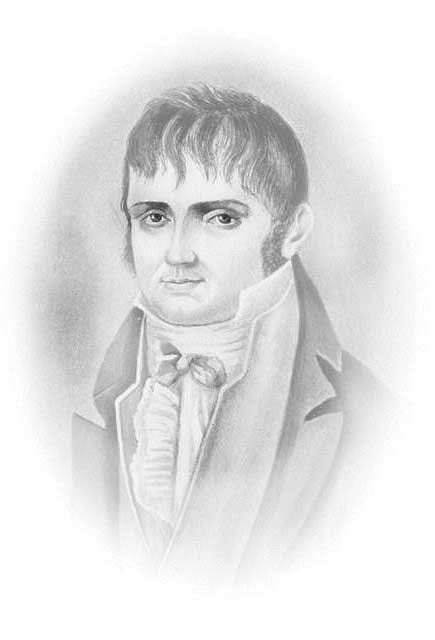
The body of nineteenth-century professor Samuel Constantine Rafinesque is brought back from an unmarked grave in Philadelphia to rest in a tomb in Old Morrison.
1954

President Dwight D. Eisenhower speaks at Transylvania’s 175th anniversary celebration and dedication of the Frances Carrick Thomas Library.
1963
Lula B. Morton (now Drewes) becomes the first African American student to enroll in the regular B.A. degree program. She graduates in 1967.
1982
The William T. Young scholarship program is established, providing merit scholarships covering tuition and general fees for 20-25 entering students each year. Formerly named the Jefferson Scholars program after the founding father who was governor of Virginia when Transylvania was founded, it is renamed for Transylvania’s principal supporter.
1984
Vice President George H. Bush dedicates the J. Douglas Gay Jr. addition to the Frances Carrick Thomas Library.
1985
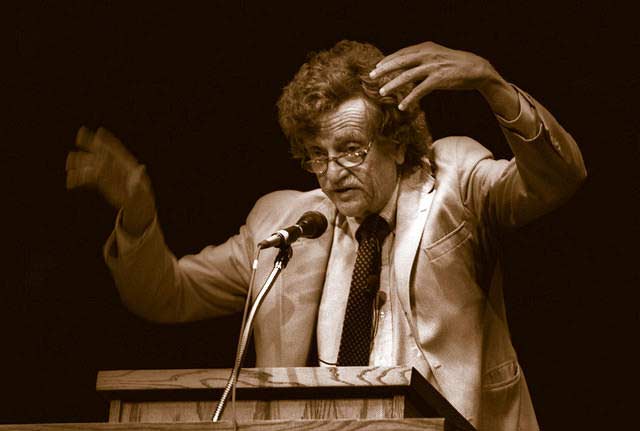
The William R. Kenan lecture series is established to bring nationally known speakers to campus. Speakers have included Elie Wiesel, Kurt Vonnegut (pictured), John Updike and Beverly Sills, among others.
1987
The Bingham Awards for Excellence in Teaching are established to provide monetary rewards and recognition for outstanding faculty members.
1996
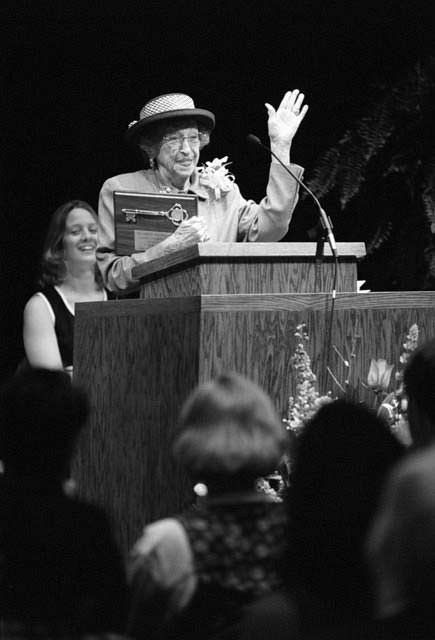
Lucille Caudill Little donates $1 million toward the construction of a performing arts center. The new home of the theater department is a black box-style theater with a grid lighting system.
2002

The Clive M. Beck Athletic and Recreation Center is dedicated, housing the university’s recreation, athletic and exercise science facilities.
2004
Transylvania joins the National Collegiate Athletic Association, Division III.
2006
Transylvania hosts the first annual national faculty seminar on liberal education, Twenty-first Century Liberal Education: A Contested Concept.
2007
Dorothy J. Smith ’42 creates the Dorothy J. and Fred K. Smith Endowed Concert Series and the Sharon Sue Smith Memorial Scholarship, to enrich the cultural and academic musical environment at Transylvania. The concert series has brought acts such as the Kronos Quartet, Chanticleer and Tiempo Libre to campus.
2008
Thomson Residence Hall opens. In 2009, it becomes the first residence hall in Kentucky to earn the U.S. Environmental Protection Agency’s prestigious ENERGY STAR certification for superior energy efficiency and environmental protection.
Bill and Hillary Clinton both speak at a Get Out the Vote Rally in the Beck Center.
2010
Charles L. Shearer, the longest serving Transylvania president, retires after 27 years. Under his tenure the university saw a 76 percent increase in enrollment and a 339 percent increase in the endowment from 1983 to its all-time high in 2007.
2011
The Harlan Lecture Series is established, named after 1853 Transylvania law department graduate and United States Supreme Court Justice John Marshall Harlan. William Wiecek, legal and constitutional historian and professor of public law and legislation at Syracuse University, gave the inaugural Harlan Lecture on September 26, followed by a spring 2012 lecture presented by Akhil Reed Amar, professor of law and political science at Yale University.
2013
The Transylvania University Board of Trustees approves the university’s strategic plan: Transylvania 2020, a comprehensive roadmap that encompasses enrollment growth, expansion of campus facilities and enhancements to academic and student life programs.
2014
The Transylvania Athletics Complex on Fourth Street is dedicated. The complex features an 860-seat grandstand, an eight-lane track and an artificial turf field to support the university’s field hockey, lacrosse, soccer and track and field teams. The 18,000-square-foot field house provides locker and conference rooms, coaches’ offices and a sports medicine facility.
Seamus Carey becomes the 26th president.
2015
Transylvania launches 100 Doors to Success, an initiative conceived by President Carey that connects first-year students with alumni mentors who guide them through their four years and build valuable professional skills.
2016
Unlearn Fear + Hate becomes a community arts initiative and campus theme; the initiative was developed to open people up to different dialogues and civic connections.
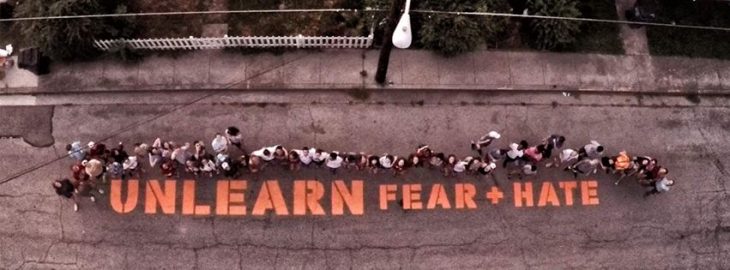
2017
Transylvania opens two new residence halls — Bassett and Kincaid — and completes the transformation of Haupt Humanities into Carpenter Academic Center.
The Digital Liberal Arts Initiative launches to combine classical liberal arts education with modern technology.
2019
John N. Williams ’74 becomes the 27th president.
2020
Brien Lewis becomes the 28th president.
The William T. Young Campus Center opens as the new core of campus life.